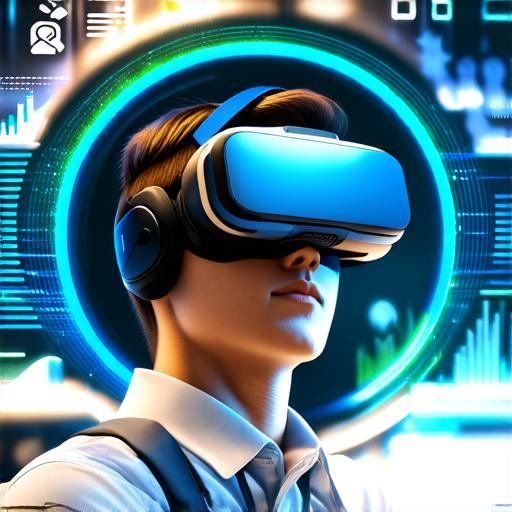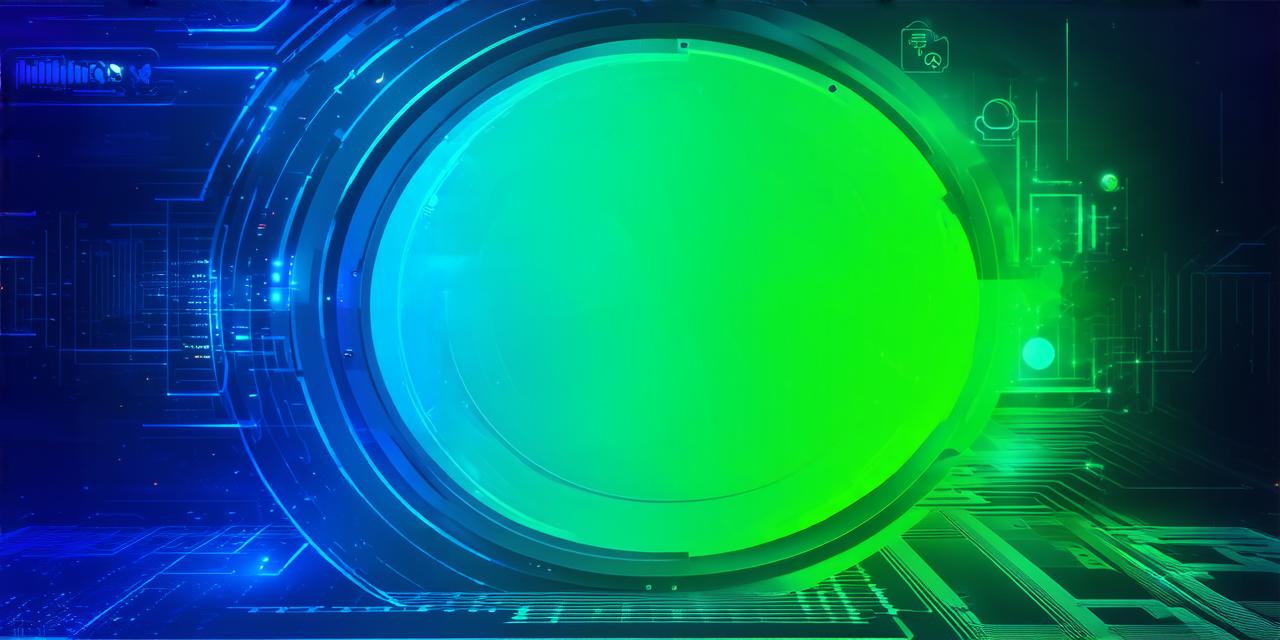Virtual reality (VR) technology has been revolutionizing various industries, including education. With VR, students can experience immersive learning environments that enhance their understanding of complex concepts and promote engagement. In this article, we will explore the impact of virtual reality on education, including statistics and trends.
1. Increased Engagement
One of the significant benefits of virtual reality in education is increased student engagement. A study by PwC found that VR experiences can increase engagement by up to 50%, compared to traditional learning methods. This is because VR provides a more interactive and engaging environment for students, allowing them to explore and interact with the material in a more meaningful way.
For example, VR simulations of historical events or scientific concepts can provide students with a more immersive and engaging experience than traditional classroom lectures or textbooks.
2. Enhanced Learning Outcomes
Research has shown that virtual reality can lead to enhanced learning outcomes. A study by the University of Maryland found that students who learned using VR were able to retain information better than those who learned using traditional methods.
Additionally, a study by the University of British Columbia found that VR can improve problem-solving skills and critical thinking abilities in students.
For example, VR simulations of complex math problems or science experiments can provide students with a more hands-on and interactive experience, leading to better understanding and retention of information.
3. Accessibility

Virtual reality technology has the potential to increase accessibility in education. With VR, students can learn from anywhere, at any time. This is particularly important for students who live in remote areas or have limited resources.
A study by the World Bank found that virtual reality can help bridge the digital divide and provide equal access to education for all students.
For example, VR simulations of museums, historical sites, or other cultural experiences can provide students from around the world with an opportunity to learn about different cultures and histories without leaving their homes.
- Cost-Effective
Virtual reality technology can be cost-effective in education. VR equipment can be expensive, but it is also durable and can be used for years.
Additionally, many VR experiences are available online, making them accessible to a wider range of students.
A study by the University of California found that VR can save schools money on materials and facilities. For example, VR simulations of laboratory experiments or field trips can provide an alternative to expensive equipment or travel costs.
5. Personalization
Virtual reality technology can provide personalized learning experiences for students. With VR, students can learn at their own pace and in their own style.
This is particularly important for students who have different learning styles or needs.
A study by the University of Washington found that personalized learning using VR can improve student outcomes. For example, VR simulations of language lessons or cultural experiences can provide students with a more tailored and engaging experience based on their individual interests and learning styles.
Case Study: Virtual Field Trips
One example of the impact of virtual reality on education is virtual field trips. With VR, students can take virtual tours of museums, historical sites, and other locations around the world.
A study by the National Science Foundation found that virtual field trips can enhance student learning and engagement. For example, VR simulations of the solar system or the human body can provide students with a more immersive and interactive experience than traditional classroom lectures or textbooks.
Expert Opinion: "Virtual reality has the potential to revolutionize education," says Dr. Jane McGonigal, a game designer and educator. "By providing immersive and engaging learning experiences, VR can help students develop critical thinking skills and prepare them for the future." As technology continues to evolve, we can expect to see even more innovative uses of VR in education, such as virtual reality simulations of historical events or scientific experiments that provide students with a more interactive and immersive experience.
